Many of Disney's modern animated movies such as Encanto or Turning Red are rarely ever what the studio started out with. This was the same with the studio's older works, and a perfect example of this is Walt Disney's adaptation of Alice in Wonderland.
Originally, Walt proposed a very different Alice compared to the one that hit theaters in the '50s, according to Cartoon Research. It even received a fully story-boarded treatment by David Hall and Ray Jacobs, which can be viewed on YouTube. He believed that the story should be animation first and a movie second, a maxim that was quite understandable. However, Disney's idea of a more book-accurate production was far from the golden afternoon that fans received.
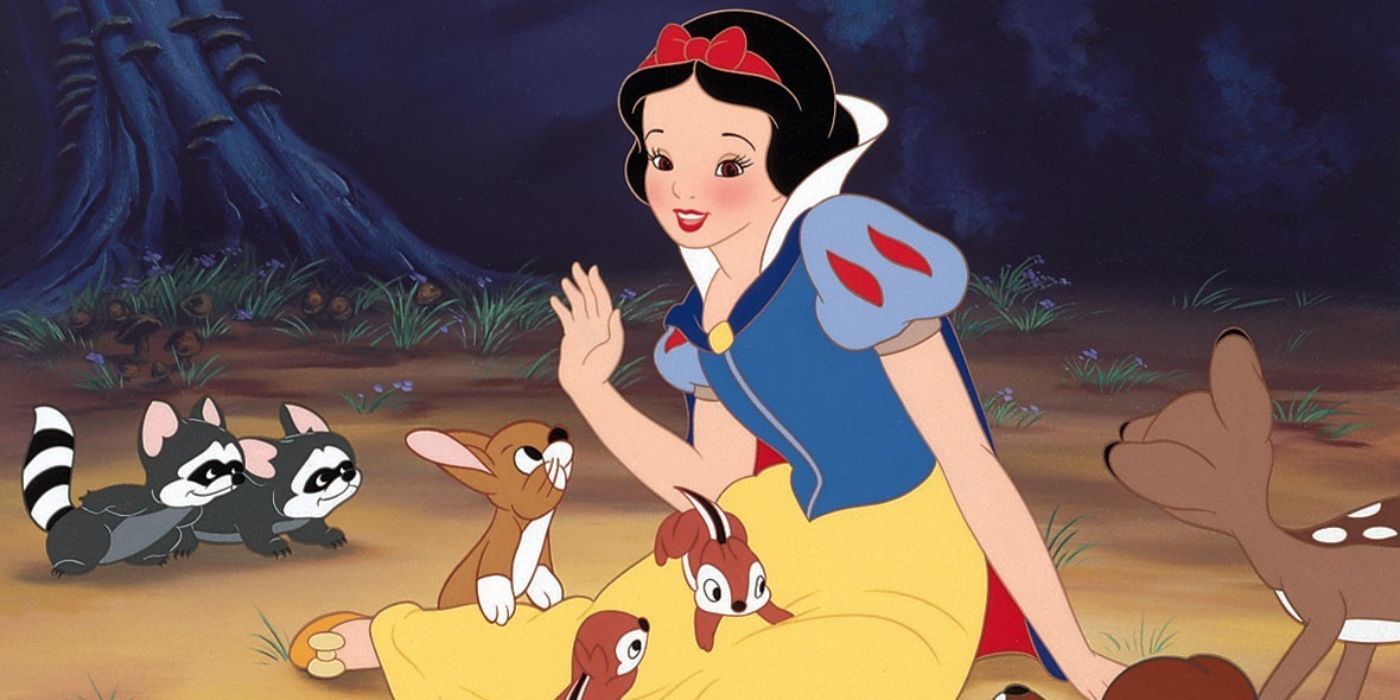
After Snow White and the Seven Dwarfs, Walt Disney was riding a career-high. He had essentially changed the art of animation forever, and he was looking to make the next big thing. Before Pinocchio was put on to the drawing board, Alice was supposed to be the next project. Walt even acquired the rights for an adaptation planned for 1939.
Walt would have made it his second project, but Paramount Pictures released a star-studded adaptation in 1933 featuring some of the biggest names in Hollywood. The cast included such stars as Cary Grant, W.C. Fields, and Gary Cooper, and even Disney's magic would've had trouble taking on that star power.
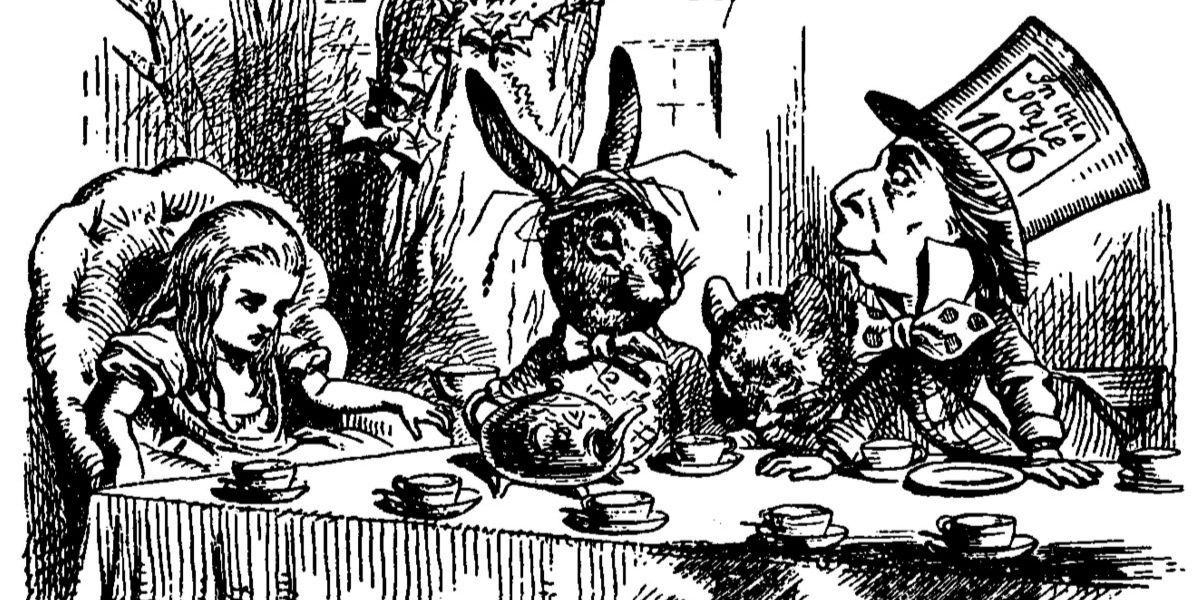
The Alice fans know now owes much of its appearance and design to Mary Blair, however, the original draft commissioned illustrator David Hall to craft a more accurate version of the tale inspired by Sir John Tenniel's illustrations from the original novel. Hall's illustrations were decidedly darker, stranger, and even scarier than what most would expect from Disney.
Hall really did his homework when creating these storyboards, but they were far from the lovable characters seen in the final product. The use of heavy surrealist influences greatly shaped the original look of the film, resulting in some fascinating yet freaky designs.
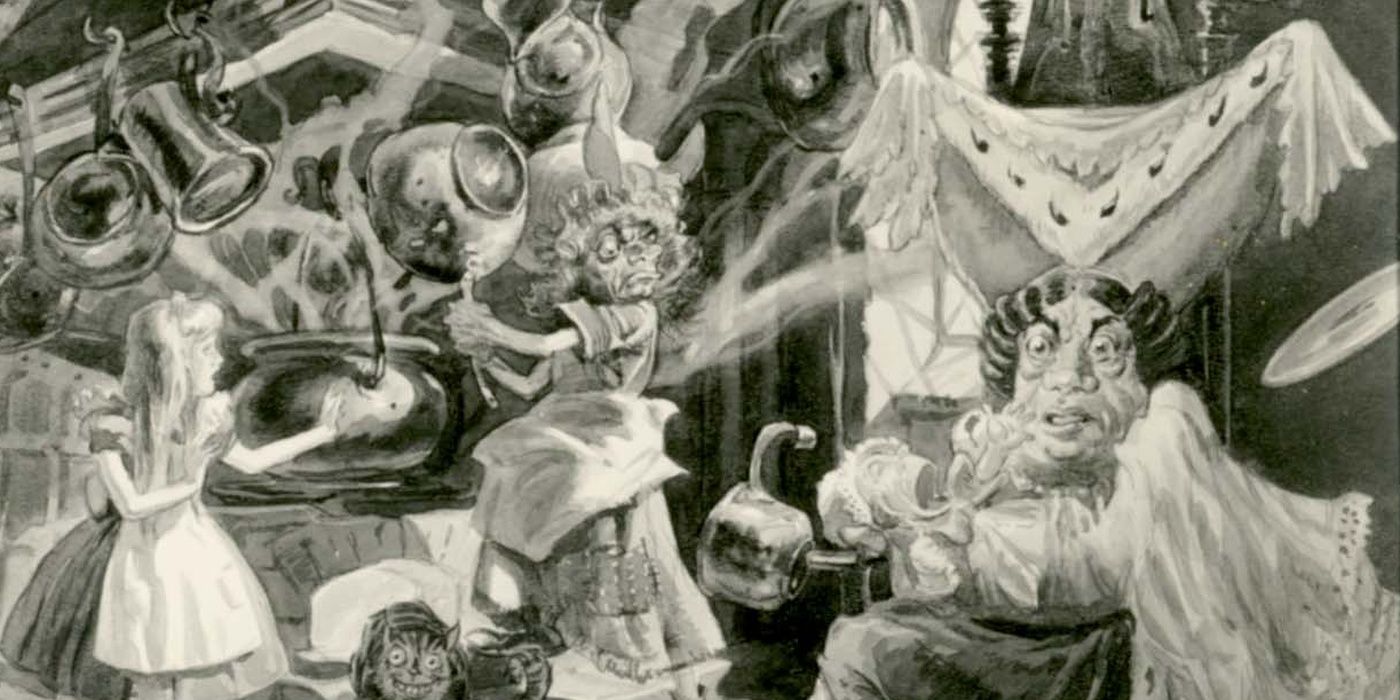
One thing that Disney is often criticized for is not following the plots of the books that inspired them. This was certainly not the case for the original drafts of Alice. Although Cartoon Research states that he wanted a more Americanized version with Carroll's humor fully intact, most scenes that were featured in the early drafts came directly from the text, along with the character descriptions and designs.
Like so many Disney movies, Alice In Wonderland was loaded with deleted scenes that didn't make it off the storyboards. Such scenes include the Mock Turtle chapter, the Cook and the Duchess, the White Knight, and even the trial of the Knave of Hearts.
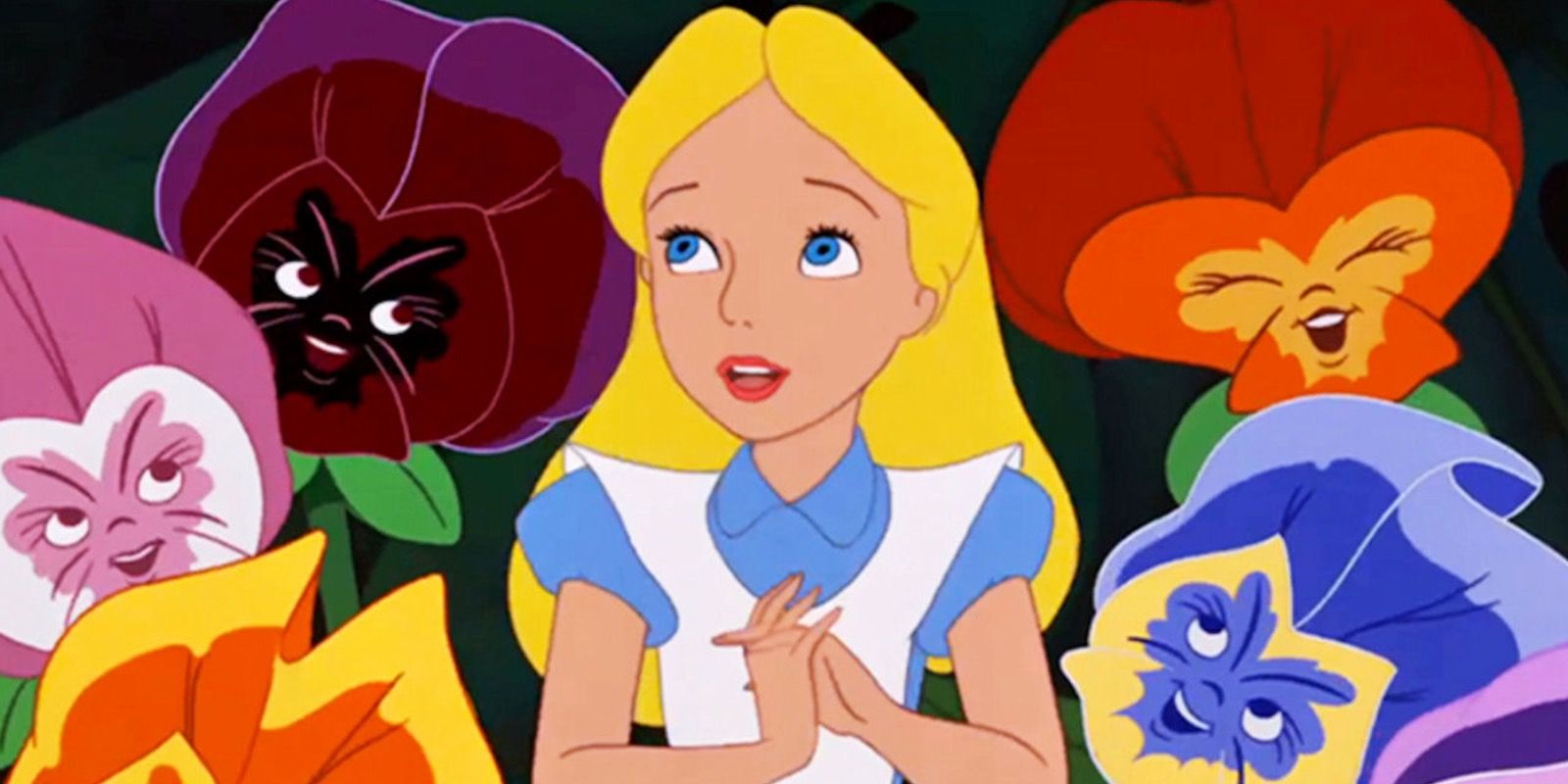
Kathryn Beaumont's portrayal of Alice is essentially the standard by which all portrayals are judged. She's a bit of a blank slate, taking in all of the weird and unusual characters and scenes that unfold before her. In the original draft, however, she behaved much more like an actual child.
The script for the original storyboards describes her as "given to occasional outbursts of defiance and temper..." That certainly sounds like the way a small eight-year-old child would behave if they came in contact with some of the creatures and characters she does. In a way, it's much more natural than Beaumont's performance.
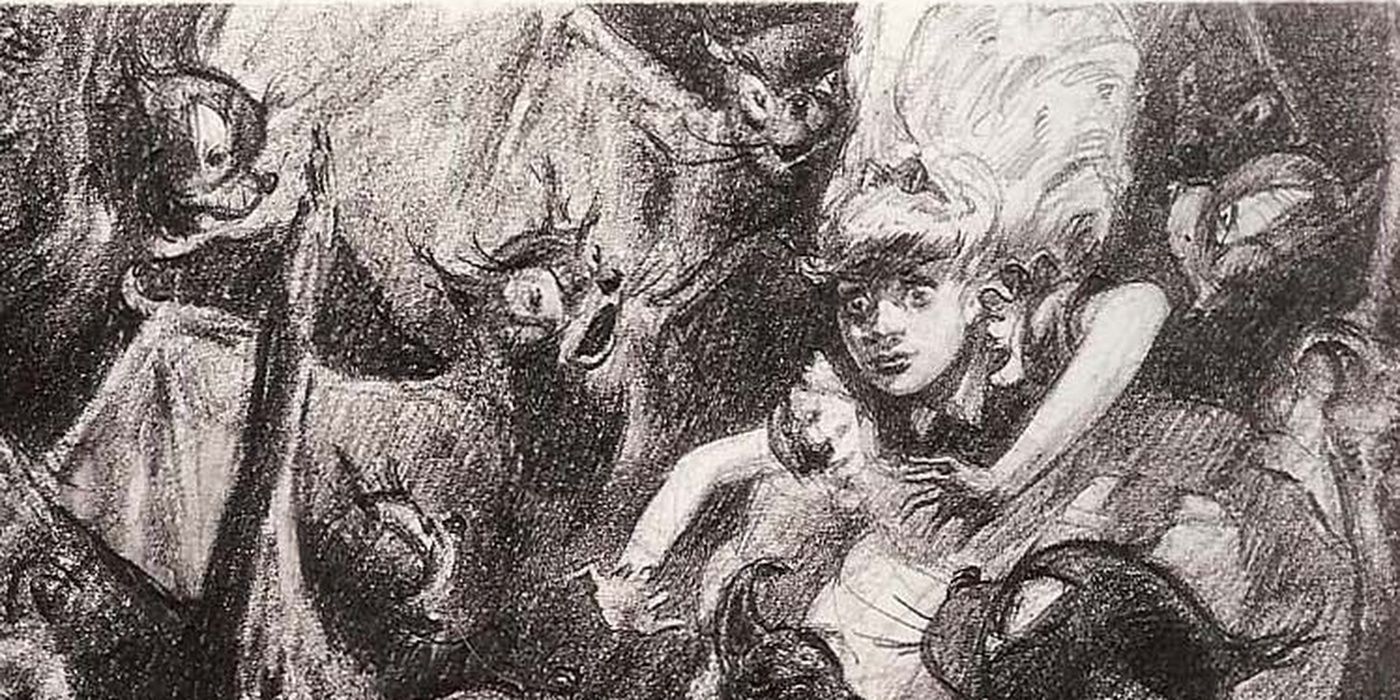
Alice's trip down the rabbit hole is indeed a trippy sequence in the original drafts, as she tumbles down what is essentially a Salvador Dali painting. Before she reaches the bottom of the hole and into the hall of doors, however, she has an encounter with a swarm of bats that comes with a foreboding warning.
As Alice falls deep under the ground, she's grabbed by a team of bats who slow her descent. One of the bats grabs her and says "It's terrible down there, the Queen will kill you! Go home while you got the chance!" Alice, too bewildered by a talking bat to discuss further, gets them to let her go before plummeting to the bottom.
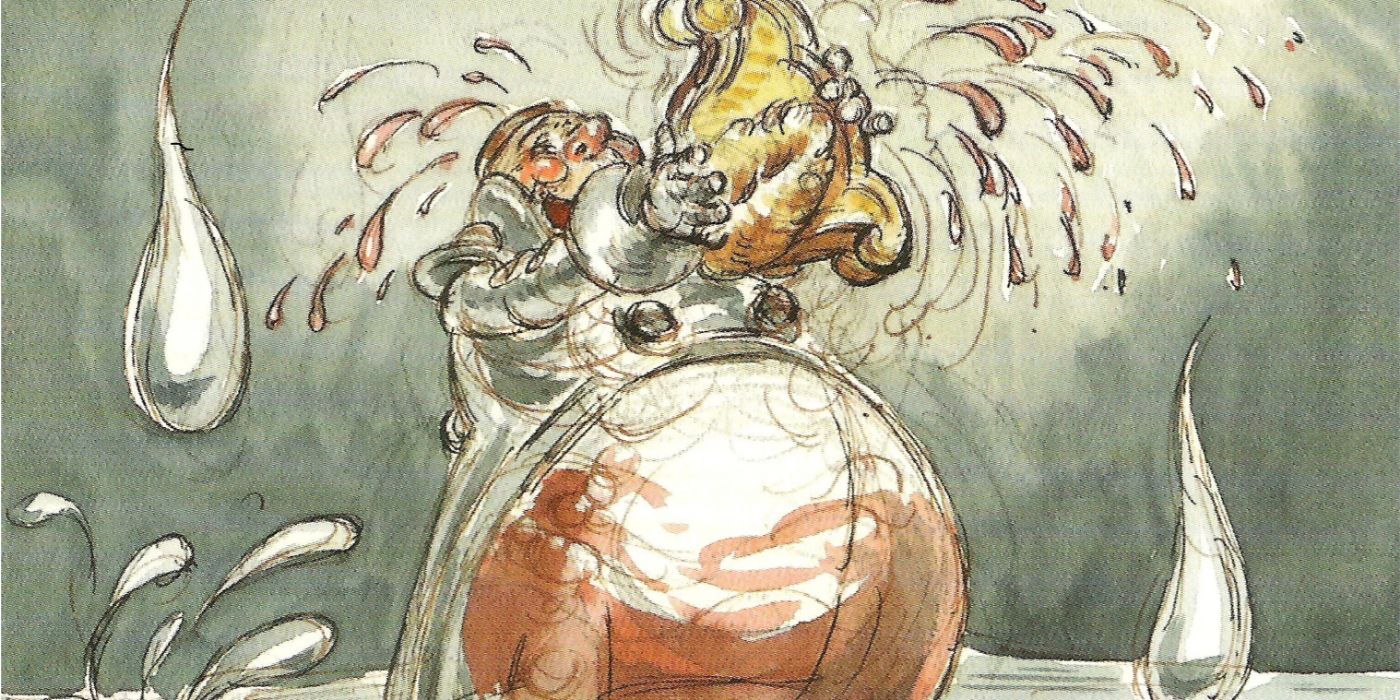
Before he was cast as Jiminy Cricket, Jimmy Cliff was in mind to play a living Drink-Me bottle as one of the first citizens of Wonderland Alice encounters on her journey, as stated by Cartoon Research. Essentially, the bottle would have served a similar role to the magic mushroom Alice receives from the caterpillar, granting her the ability to change size. That being said, he wasn't exactly the level-headed cricket fans might know.
The bottle character is described as "cute" and "jolly" in the show notes, always speaking in rhyme. However, the way he encouraged Alice to drink his contents and his semi-mocking reactions to her plight did take away some of that alluded cuteness factor.
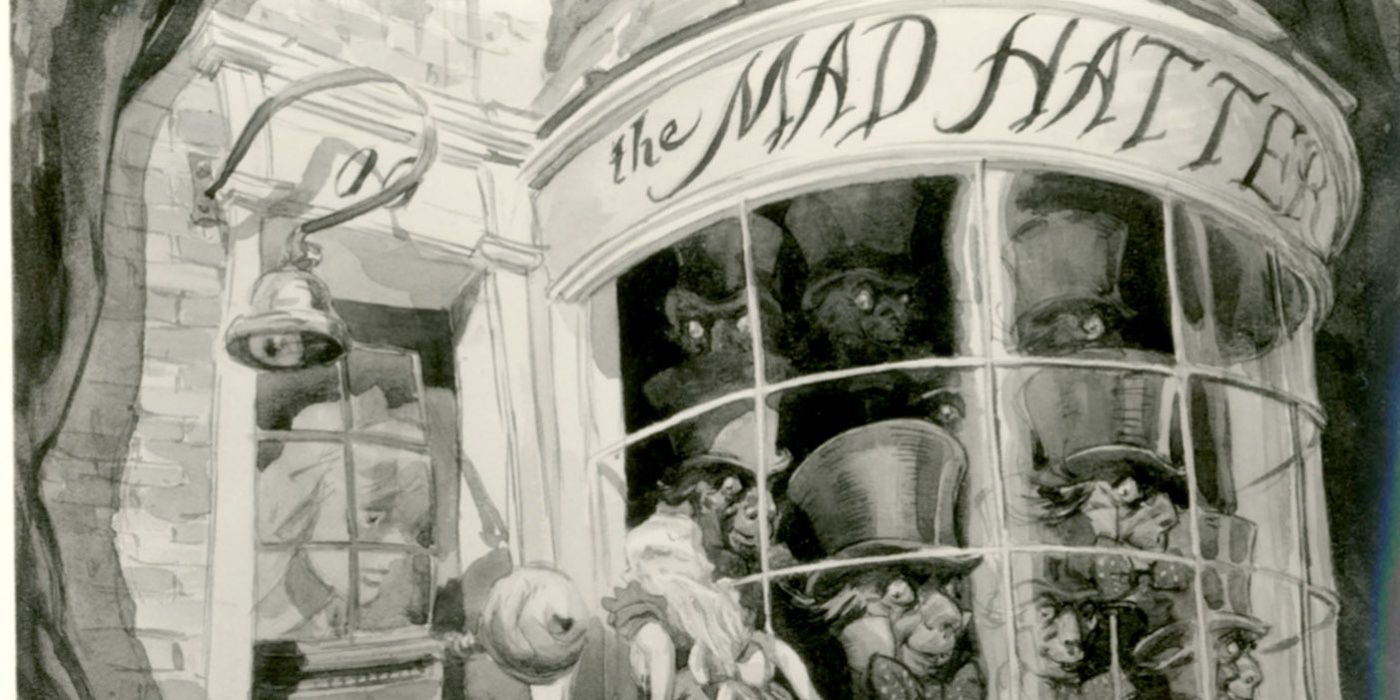
One of the biggest changes from the original draft was the Mad Hatter and the March Hare. In the final version, the two are very cartoony and energetic, largely thanks to the comedic skills of Ed Wynn and Jerry Colonna. That was decidedly not so in the original script, as the characters gave new meaning to the phrase "we're all mad here."
The Hatter owns a very unsettling hat shop, filled with dressing dummies made to resemble himself in various costumes and hats with eyes that follow Alice and the viewer. Both the Hatter and the Hare are described in the show notes as "complete maniacs - fugitives from an insane asylum." The way they interact with Alice is uncomfortable at best and disturbing at worst.
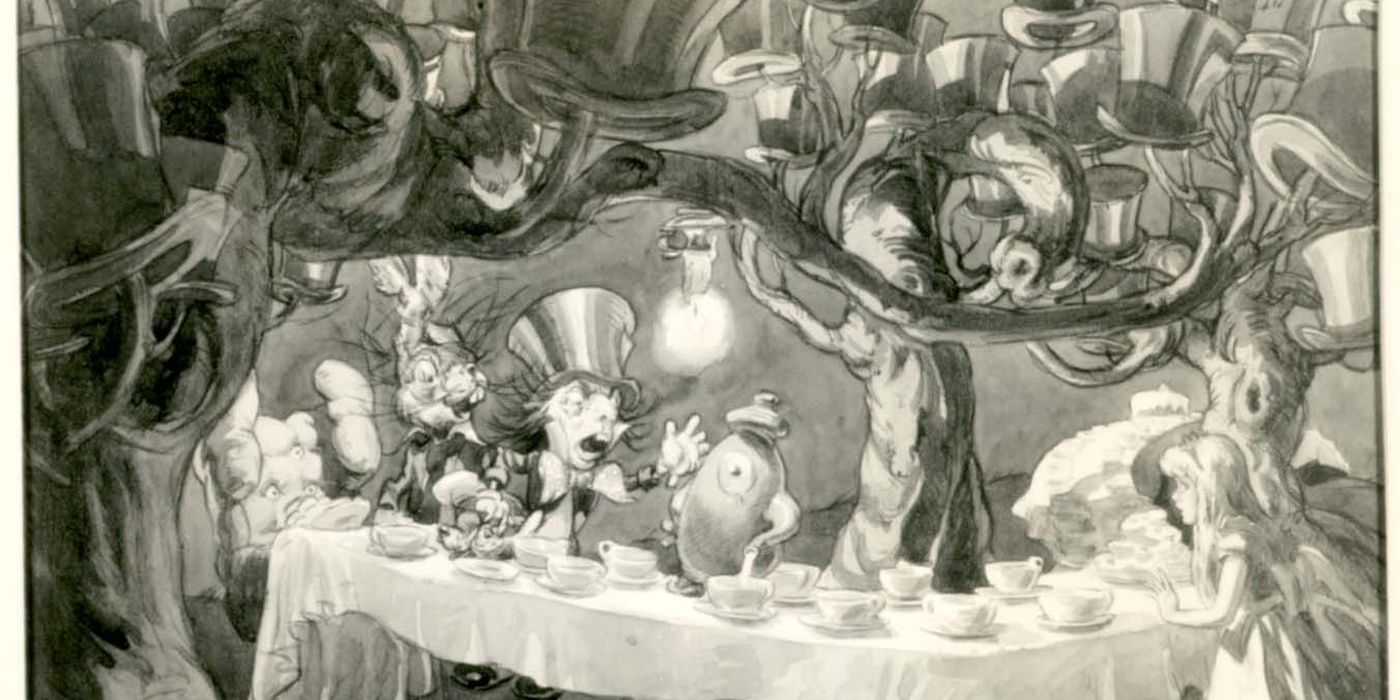
Jumping off the previous statement, the Mad Tea Party isn't the very merry unbirthday that Disney would later create, but rather a strange and eerie scene with dialogue pulled from the book along with some original contributions. The Hatter and Hare flip-flop between threatening and friendly so much that it's hard to tell whether they're just teasing Alice or genuinely want to harm her.
A better example of this mentality (or lack thereof) is when the White Rabbit arrives and they have the scene with the pocket watch. After the White Rabbit departs, the Hatter makes the remark "your hair wants cutting" as he does in the book, then proceeds to take out a pair of long shears and remark on how Alice's legs need to be cut as well. The two then proceed to chase Alice under the table where she escapes into the next scene.
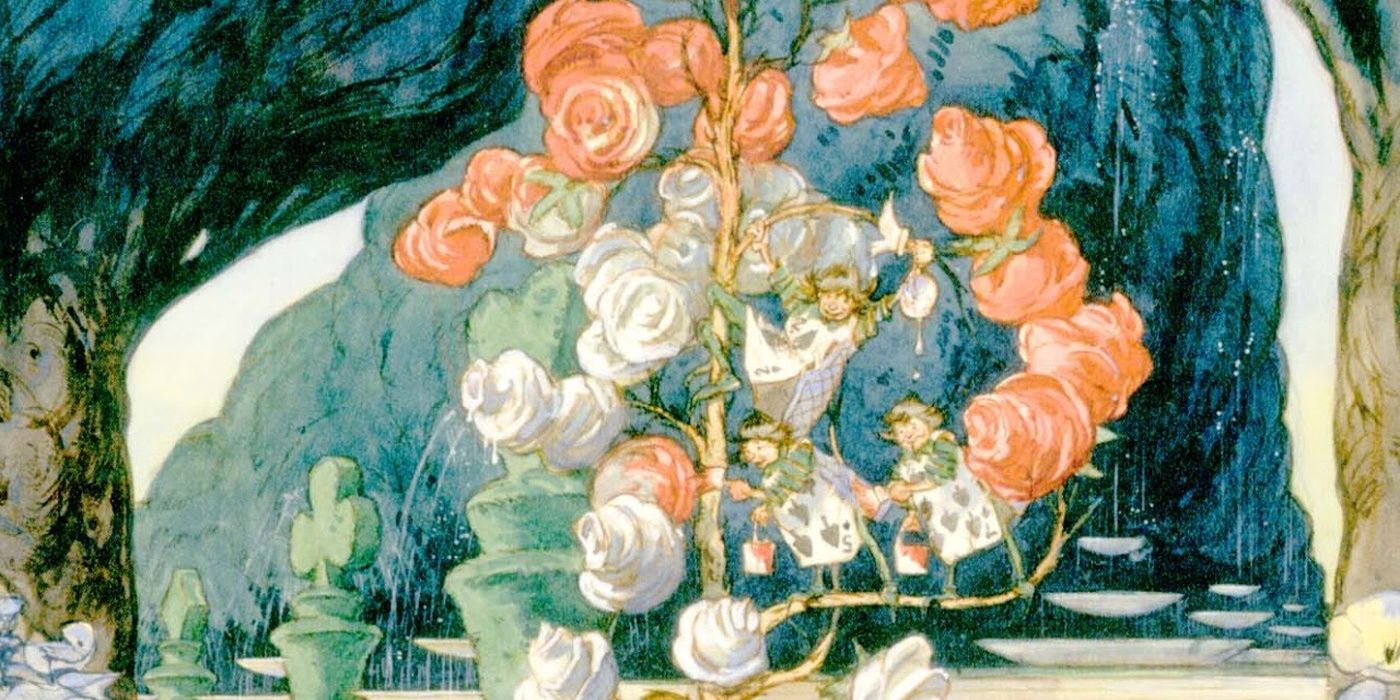
One of the most memorable scenes from Disney's Alice in Wonderland adaptation is the Queen's garden where a deck of cards is painting the roses red. While the gardeners are seen, the sequence happens in a very different way from the musical number in the final production. According to the storyboards, the garden would have been tended to by living tools, similar to the broomsticks in "the Sorcerer's Apprentice."
The sequence would end with the arrival of the Queen of Hearts, depicted much more like she is in the novel rather than the comedic duo they would become in the final film. Like the book, the croquet match and trial follows, but it ends decidedly darker than either version.
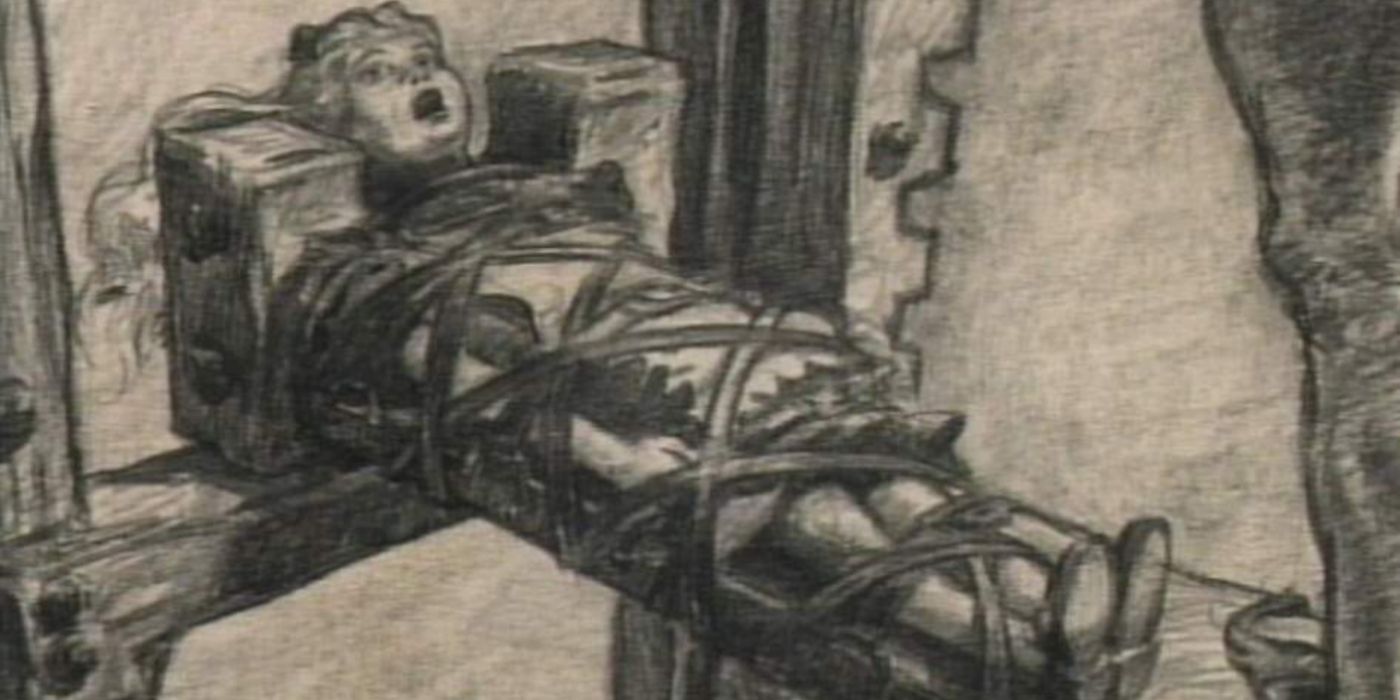
The biggest and bleakest change the original drafts had from the version fans know today is that the Queen wasn't joking when she said "Off with their heads." The finale of the film consisted of a trip to the Queen's dungeon and the introduction of her executioner, who got his own musical number. After that, the following scenes were truly terrifying.
As Alice is brought to a giant guillotine, she encounters the now captured Cheshire Cat who is even hung from the gallows in one sketch. After a chase scene with the Queen and her guards, she is strapped down to a chopping block and a giant blade is shown plummeting right towards her neck. The scene ended with a shower of playing cards before Alice woke up from her nightmare and walked home. Needless to say, a scene like this could have ended Disney's career.
Comments
Post a Comment